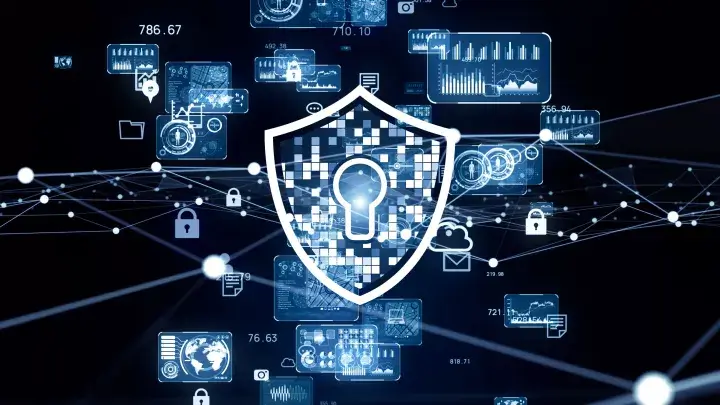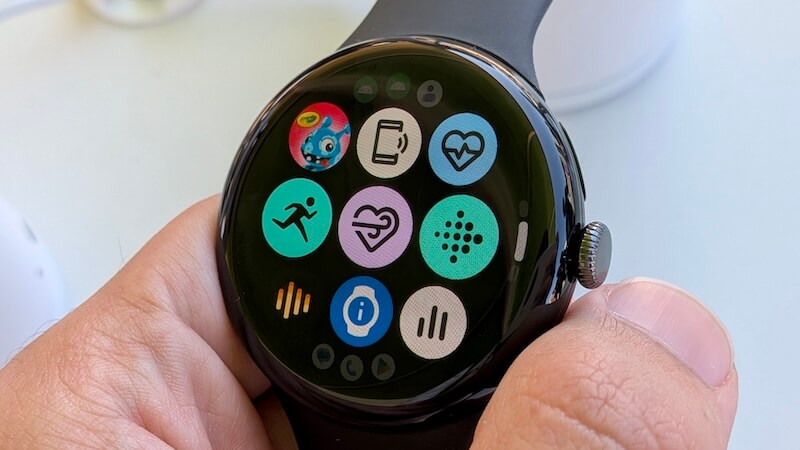The modern digital landscape is characterized by an ever-increasing volume and sophistication of cyber threats. As businesses, governments, and individuals become more reliant on interconnected systems, the attack surface expands, creating new opportunities for malicious actors. Understanding the evolving nature of these threats and implementing robust mitigation strategies is crucial for maintaining data security, operational resilience, and trust in the digital ecosystem.
One of the most significant trends shaping the cybersecurity landscape in 2025 is the rise of AI-powered attacks. Cybercriminals are increasingly leveraging artificial intelligence (AI) and machine learning (ML) to automate attacks, create more convincing phishing campaigns, develop advanced malware, and identify system vulnerabilities at unprecedented speeds. AI enables attackers to customize their attacks, making them more evasive and precise. For example, AI can be used to create phishing attacks that mimic an individual's communication style or develop shape-shifting malware that adapts to evade detection by conventional security tools. The use of generative AI to create deepfake audio and video is also a growing concern, as it can be used to bypass identity verification systems or spread misinformation.
Ransomware remains a persistent and evolving threat. Modern ransomware attacks not only encrypt data but also include data exfiltration, raising the stakes if the ransom goes unpaid. The rise of Ransomware-as-a-Service (RaaS) has further fueled the ransomware threat, enabling less experienced criminals to carry out attacks on a large scale using pre-packaged ransomware kits. These attacks are becoming more sophisticated, leveraging AI to target businesses with precision and automating the infiltration of systems.
Social engineering attacks continue to be a highly effective method for cybercriminals. These attacks exploit human psychology rather than technological vulnerabilities, tricking individuals into divulging sensitive information or breaking normal security procedures. Phishing, one of the most common forms of social engineering, has advanced significantly, with a notable increase in spear-phishing attacks targeting specific individuals within organizations. AI is also being used to create more realistic and personalized phishing emails, making them harder to detect.
Supply chain attacks are another major concern. Cybercriminals are increasingly targeting third-party vendors and suppliers to gain access to larger amounts of sensitive data with less effort. By compromising a single supplier, attackers can potentially compromise multiple organizations that rely on that supplier's products or services. The growing complexity of supply chains, coupled with a lack of visibility and oversight into the security levels of suppliers, has made supply chain vulnerabilities a top ecosystem cyber risk.
The proliferation of Internet of Things (IoT) devices introduces new security risks. Many IoT devices lack proper security measures, making them easy targets for hackers. Unsecured smart devices can become entry points for cybercriminals to infiltrate networks and access sensitive data.
To mitigate these increasingly sophisticated attacks, organizations must adopt a multi-layered approach to cybersecurity. This includes:
- Implementing strong authentication mechanisms: Multi-factor authentication (MFA) is crucial for safeguarding against identity-based attacks and reducing the risk of credential theft.
- Conducting regular security awareness training for employees: Educating employees about cybersecurity risks and best practices is essential for mitigating human error and preventing social engineering attacks.
- Developing a comprehensive incident response plan: A well-structured plan for responding to cyber incidents is key to mitigating the impact of an attack and ensuring business continuity.
- Adopting a Zero-Trust security approach: Implementing a zero-trust framework, which requires continuous verification for all users and devices, can help prevent unauthorized access and limit the spread of attacks.
- Investing in AI-powered security solutions: AI can be used to enhance threat detection and response capabilities, monitor network traffic, identify suspicious activities, and prioritize alerts based on their risk levels.
- Implementing robust data loss prevention (DLP) technologies: DLP technologies can help prevent sensitive data from being exfiltrated from the organization.
- Employing network segmentation: Segmenting the network can limit the spread of attacks and protect critical systems from being compromised.
- Vetting suppliers and cloud partners carefully: Organizations should carefully vet their suppliers and cloud partners to ensure they have adequate security measures in place.
- Maintaining offline backups of critical data: Offline backups can facilitate a fast recovery after a ransomware attack or other data loss event.
- Keeping software and systems up to date: Regularly updating software and systems to patch security vulnerabilities is crucial for preventing attacks.
In addition to these technical measures, organizations must also foster a culture of cybersecurity awareness and make security a company-wide priority. Cybersecurity is not just an IT issue; it is a business issue that requires the involvement of all stakeholders. By staying informed, proactive, and adaptable, organizations can effectively mitigate the evolving cyber threats in the modern digital landscape and protect their valuable assets.















